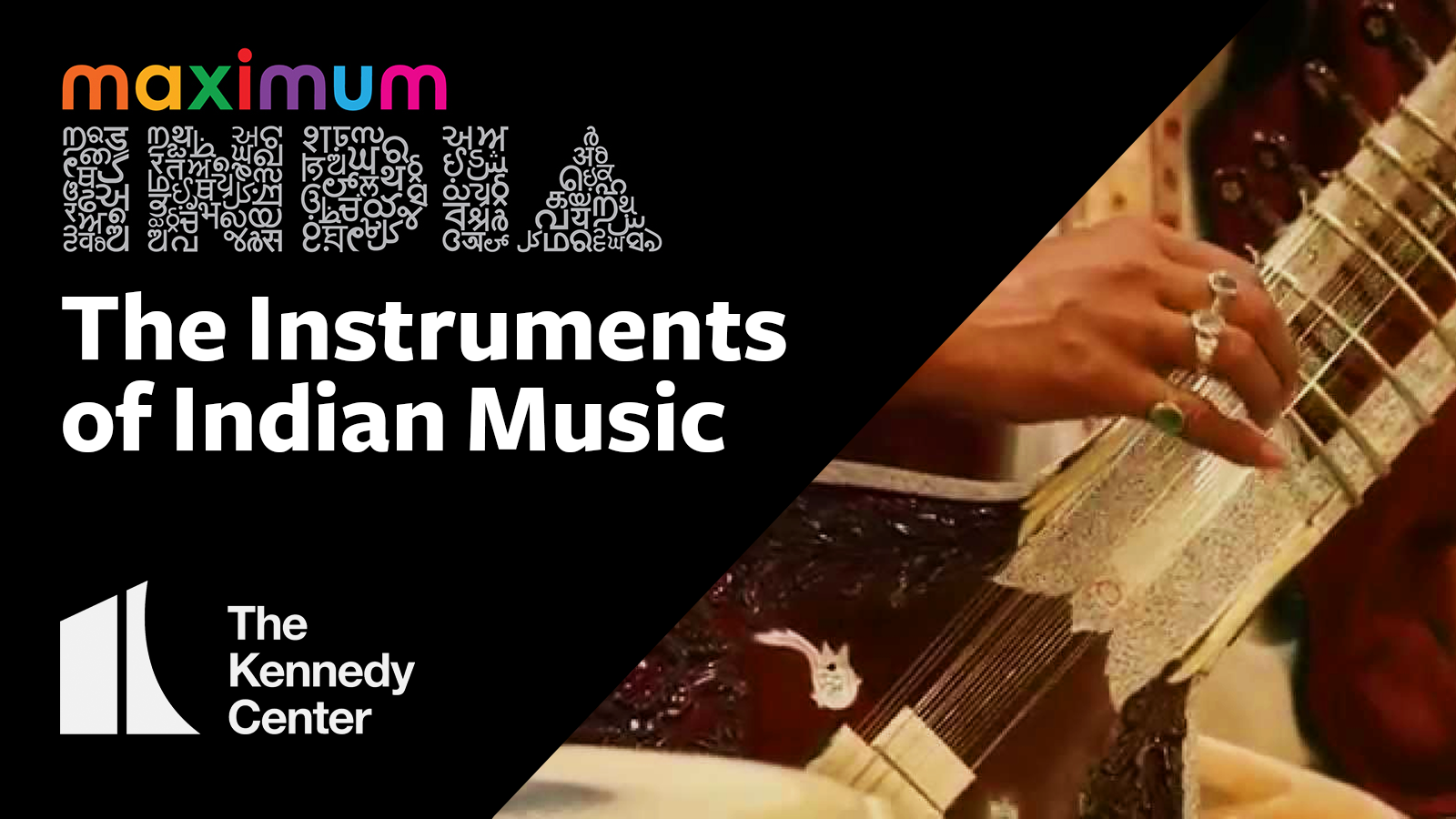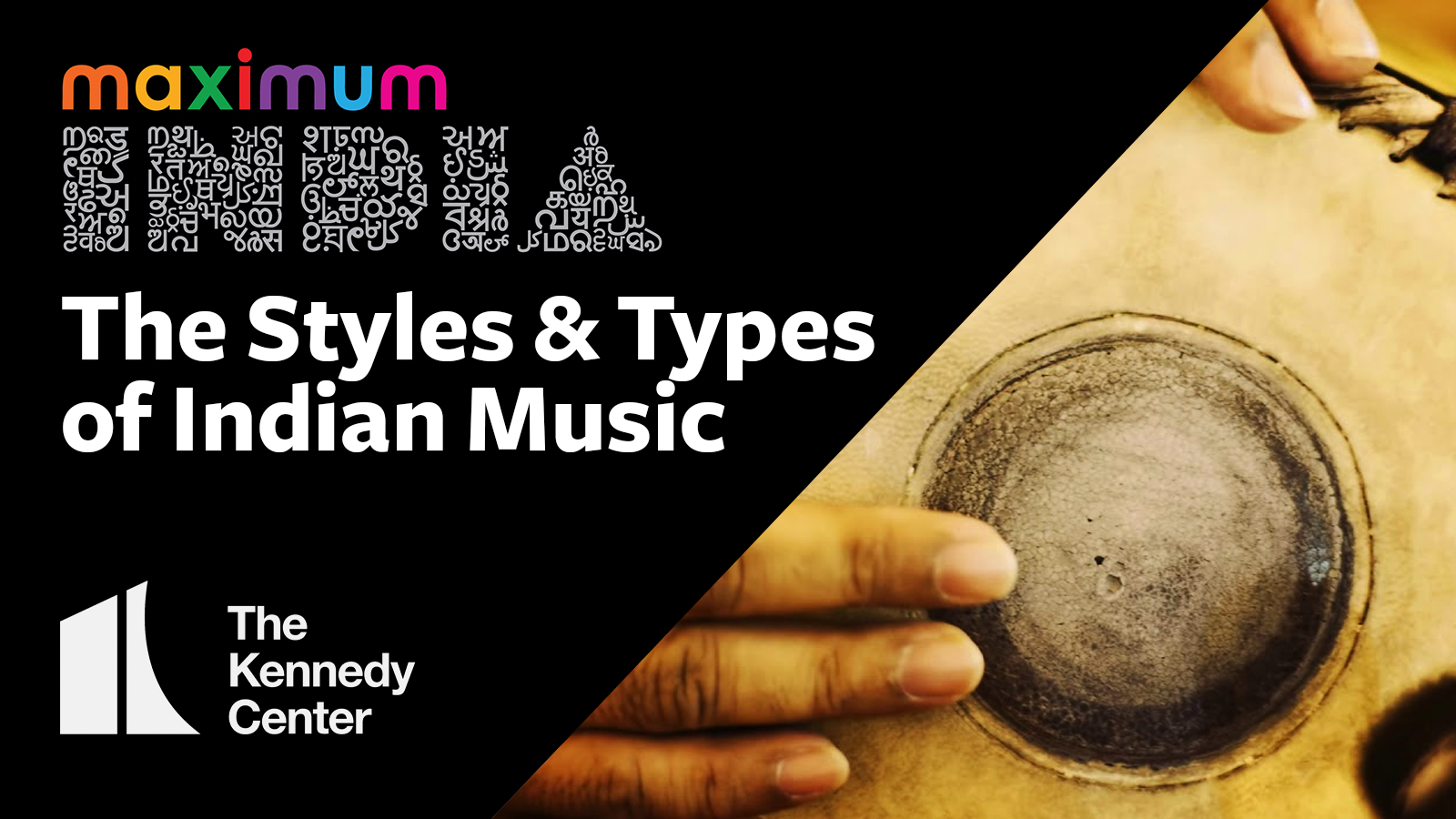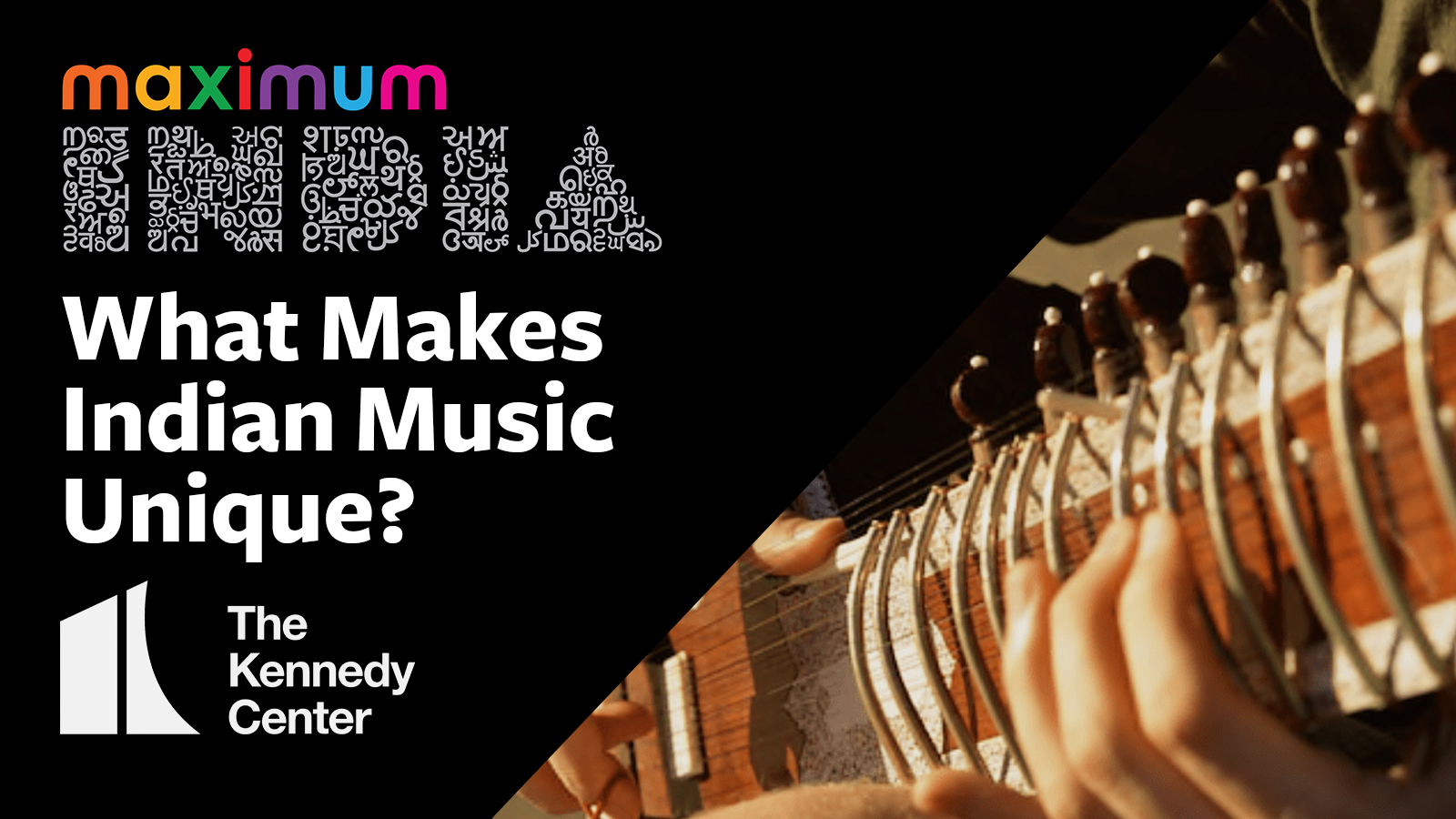Media Rhythm and Raga
The music of India is diverse, but there is still a distinct “sound” that makes Indian music unmistakable-- use this resource to learn the basics of Indian music.
The music of India is as diverse as its many cultures. India has over a billion people and hundreds of dialects and languages spread across the seventh largest country in the world, but there is still an undeniable “sound” that makes Indian music unmistakable.
In this series, PBS journalist Hari Sreenivasan explores different aspects of Indian music: Indian musical instruments; the styles of music across India; and what makes Indian music unique—and where it is going.

Do you know which drum can speak? Or what instrument is made from a pumpkin? In this segment, we’ll learn about the many instruments that define the sounds of Indian music, and how they are played: the tabla, sitar, tanpura, sarangi, mizhavu, naal, dhol, pung…and the double-flute sitara, whose players can perform without stopping to breathe!

The geographic, linguistic, and cultural diversity of India contributes to a broad range of musical styles within Indian music. Certain folk styles and traditions of music important to one region may be virtually unknown in others. In this segment, we’ll learn about many common elements of Indian music—ragas, drones, improvisation, and the celebrity of being a Bollywood playback singer.

Indian music typically contains no harmony, can be completely improvised, and is rarely written down. So how do Indian musicians manage to play together? In this segment, we’ll learn about rhythmic patterns called taal, music unique to certain communities and even times of the year, and if deep-rooted musical traditions can continue as India undergoes fast-paced growth and modernization.
Describe the effect regional differences on Indian musical styles. Do other types of musical traditions from other parts of the world have this? Describe and then compare and contrast these practices.
What are some of the predictions the musicians make about where Indian music is going? What are some of their reasons for this?
Think of music from your own cultural tradition. Do you see some of the same shifts occurring?
Allow students to listen online or to download the episodes in the series. For many students, this may be their first in-depth encounter with Indian music, and multiple listening sessions may be appropriate.

Narrator
Hari Sreenivasan
Audio Producer
Richard Paul
Producer
Kenny Neal
Updated
October 2, 2019
The music of India is diverse, but there is still a distinct “sound” that makes Indian music unmistakable-- use this resource to learn the basics of Indian music.
Explore India and its multiple cultures and the art they produce. Listen to experienced musicians perform tabla beats, learn about the Bharatanatyam dance, and catch a movie produced by Bollywood, one of the largest centers of film production in the world.
From the music, theater, and mythology of Ancient Greece, to traditional music of Chinese and Arab cultures, to the lore of Arthurian England, discover past and present civilizations through their arts.
Learn about traditional Indian Bharatanatyam dance from the Ragamala Dance company
Eric Friedman
Director, Digital Learning
Kenny Neal
Manager, Digital Education Resources
Tiffany A. Bryant
Manager, Operations and Audience Engagement
Joanna McKee
Program Coordinator, Digital Learning
JoDee Scissors
Content Specialist, Digital Learning
Generous support for educational programs at the Kennedy Center is provided by the U.S. Department of Education. The content of these programs may have been developed under a grant from the U.S. Department of Education but does not necessarily represent the policy of the U.S. Department of Education. You should not assume endorsement by the federal government.
Gifts and grants to educational programs at the Kennedy Center are provided by A. James & Alice B. Clark Foundation; Annenberg Foundation; the Andrew W. Mellon Foundation; Bank of America; Bender Foundation, Inc.; Carter and Melissa Cafritz Trust; Carnegie Corporation of New York; DC Commission on the Arts and Humanities; Estée Lauder; Exelon; Flocabulary; Harman Family Foundation; The Hearst Foundations; the Herb Alpert Foundation; the Howard and Geraldine Polinger Family Foundation; William R. Kenan, Jr. Charitable Trust; the Kimsey Endowment; The King-White Family Foundation and Dr. J. Douglas White; Laird Norton Family Foundation; Little Kids Rock; Lois and Richard England Family Foundation; Dr. Gary Mather and Ms. Christina Co Mather; Dr. Gerald and Paula McNichols Foundation; The Morningstar Foundation;
The Morris and Gwendolyn Cafritz Foundation; Music Theatre International; Myra and Leura Younker Endowment Fund; the National Endowment for the Arts; Newman’s Own Foundation; Nordstrom; Park Foundation, Inc.; Paul M. Angell Family Foundation; The Irene Pollin Audience Development and Community Engagement Initiatives; Prince Charitable Trusts; Soundtrap; The Harold and Mimi Steinberg Charitable Trust; Rosemary Kennedy Education Fund; The Embassy of the United Arab Emirates; UnitedHealth Group; The Victory Foundation; The Volgenau Foundation; Volkswagen Group of America; Dennis & Phyllis Washington; and Wells Fargo. Additional support is provided by the National Committee for the Performing Arts.
Social perspectives and language used to describe diverse cultures, identities, experiences, and historical context or significance may have changed since this resource was produced. Kennedy Center Education is committed to reviewing and updating our content to address these changes. If you have specific feedback, recommendations, or concerns, please contact us at [email protected].